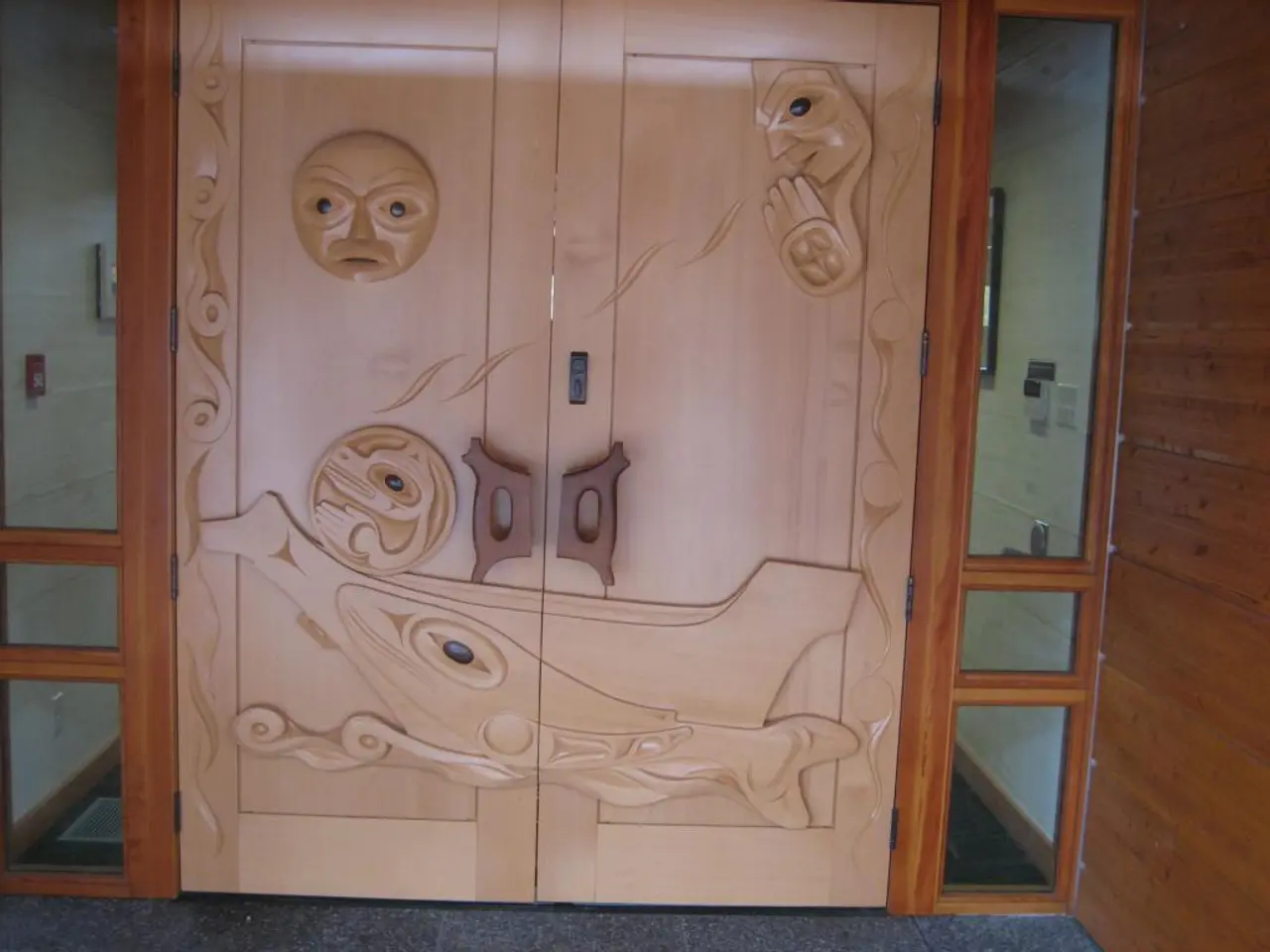Promoting Environments For Inclusive Access
Incorporating universal design principles into high-end residential architecture can create adaptable, safe, and welcoming spaces for people of all ages, abilities, and sensory needs. By weaving these principles into the original architectural plan, high-end homes remain elegant and functional while offering long-term usability and market appeal for multigenerational families and tenants with varying needs.
Site and entry design play a crucial role in enabling easy movement. Gentle, slip-resistant paths with minimal grade changes and flush or low-profile door thresholds provide seamless navigation for strollers, wheelchairs, or luggage. Exterior lighting, motion sensors, and weather protection enhance safety and comfort upon arrival.
Interior spatial planning incorporates wide hallways and doorways, minimum 36-inch clear paths, lever-style door handles, and accessible height countertops and fixtures. These features support ease of navigation and functionality for people with mobility devices or varying physical strength.
Lighting solutions employ layered lighting solutions—ambient, task, and accent lighting—that accommodate diverse visual needs and reduce glare or shadows. Accessible bedroom design maintains clear pathways, places essential items within arm's reach, and designs beds with appropriate height and transfer space to maximize independence and safety for users with mobility challenges.
Materials and health considerations use low-VOC, allergen-resistant, and sustainably sourced materials to support occupants with sensitivities or chronic conditions, combining accessibility with environmental responsibility.
An inclusive design process engages diverse user groups during design to identify and solve access barriers, ensuring flexible and adaptable building solutions that can evolve with changing occupant needs over time.
The author, who grew up with a tradition of embracing inclusivity through community engagement at a local center, was inspired to redesign their grandmother's home, focusing on infusing her personality into the design to create a functional and joyful space.
When creating accessible homes, consider open floor plans for easy movement and a sense of freedom. Designing homes for accessibility is not just about incorporating structural features, but fostering a culture of inclusivity.
Every adjustment in design presents an opportunity for creativity. Advocating for accessible spaces honors everyone's right to access. Each of us has a role in transforming communities into places where everyone feels valued and included.
The essence of community is found in shared experiences and collective attempts to lift one another up. The image of the little girl at the block party serves as a reminder of our responsibility to create environments free from barriers. The first encounter with the idea of accessibility happened at a neighborhood block party, where a young girl in a wheelchair was unable to join due to a curb.
The author came across a booth dedicated to tactile surfaces and auditory signals tailored for visually impaired individuals at a local design fair. Unifying efforts in designing for accessibility and inclusion ensures that no one is left behind in our pursuit of a true home. Zero-step entry allows everyone to access the home effortlessly. Wider doorways and hallways promote a sense of fluidity within the space. Lever-style door handles are far easier to operate than traditional knobs, significantly enhancing usability for everyone.
For further information, high-end residential architects can immerse themselves in the subject by visiting the recommended Online site, which provides a broader view on the topic. This Web page offers extra and relevant information about the subject.
References:
[1] National Association of Home Builders. (2021). Universal Design: Aging in Place. Retrieved from https://www.nahb.org/en/resources-and-publications/books/aging-in-place
[2] Aging in Place: Universal Design for an Aging Population. (2020). American Institute of Architects. Retrieved from https://www.aia.org/practicing/AIAB090834
[3] Universal Design: Creating Inclusive Environments. (2019). Centre for Excellence in Universal Design. Retrieved from https://www.universaldesign.ie/resources/publications/universal-design-creating-inclusive-environments/
[4] Healthy Homes for All: A Guide to Creating Healthier, More Accessible Homes. (2018). National Resource Center on Supportive Housing and Home Modifications. Retrieved from https://www.huduser.gov/portal/sites/default/files/documents/Healthy-Homes-for-All.pdf
[5] Inclusive Design: A Framework for Accessible and Equitable Spaces. (2017). Design for All Foundation. Retrieved from https://www.designforall.org/inclusive-design-framework/
- To create an adaptable home for all individuals, consider incorporating media articles about fashion-and-beauty, lifestyle, home-and-garden, and photography into the design process, as they often showcase stylish yet accessible homes.
- A well-designed residential space should prioritize the needs of its inhabitants, just as high-end fashion and beauty products emphasize inclusivity by catering to various skin tones, body types, and personal styles.
- By engaging with diverse user groups during the architectural planning stages, home designers can create spaces that are as unique and diverse as the events, trends, and styles they cover in popular media.
- Designing a home that embodies both inclusivity and elegance is akin to developing a universal design principle applicable in fashion, where pieces that serve multiple purposes and can be easily adjusted to fit different body types become the epitome of modern fashion.





